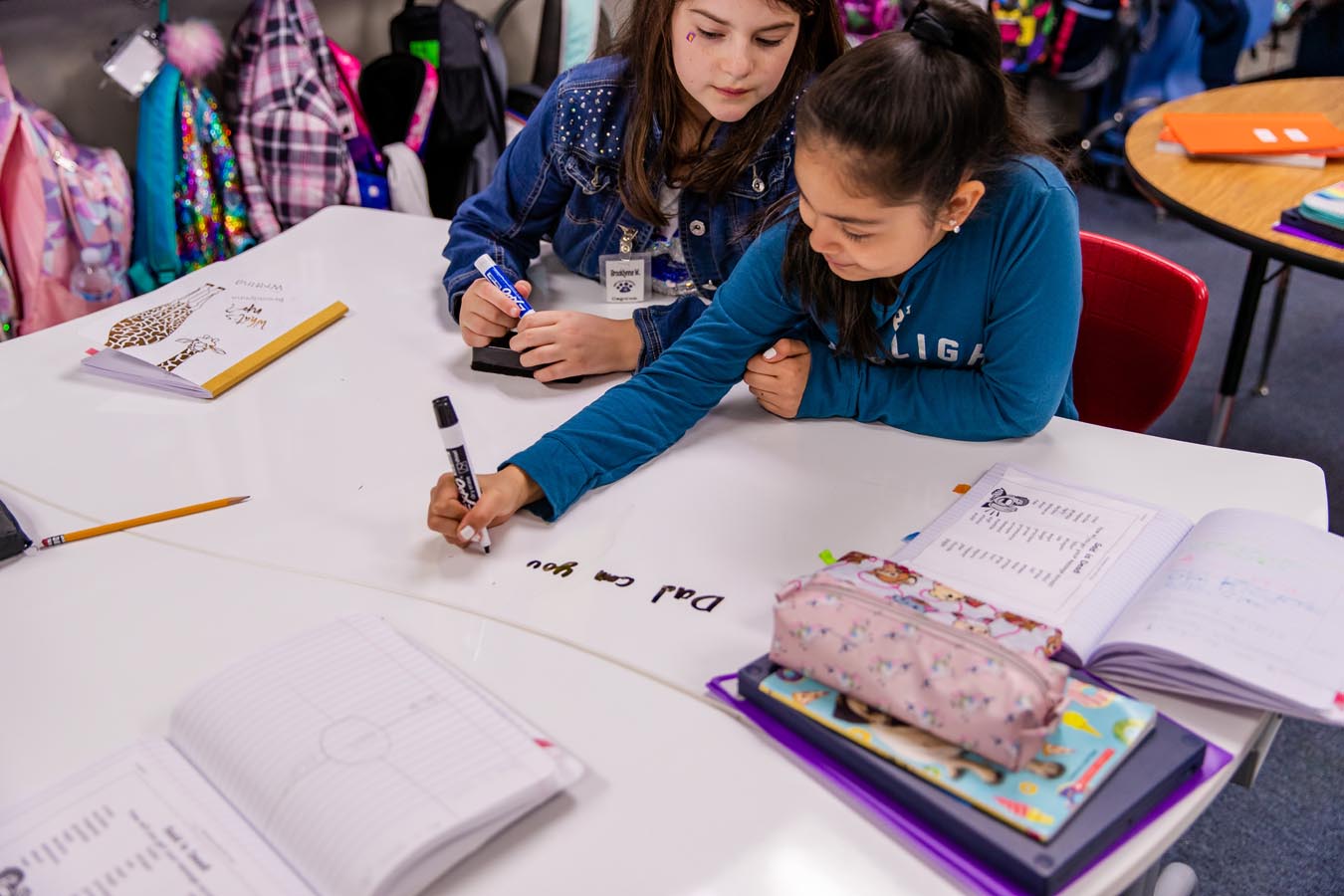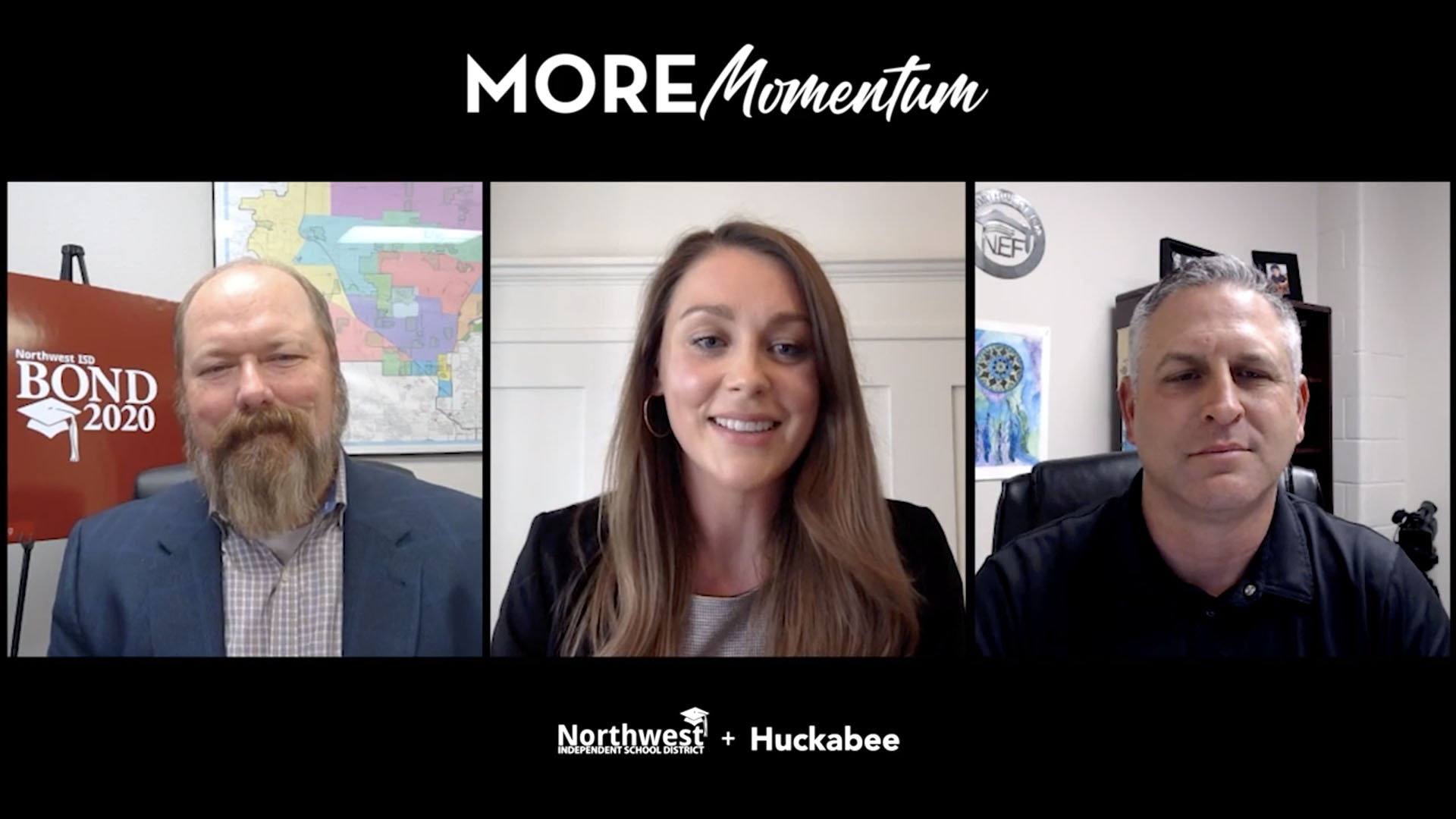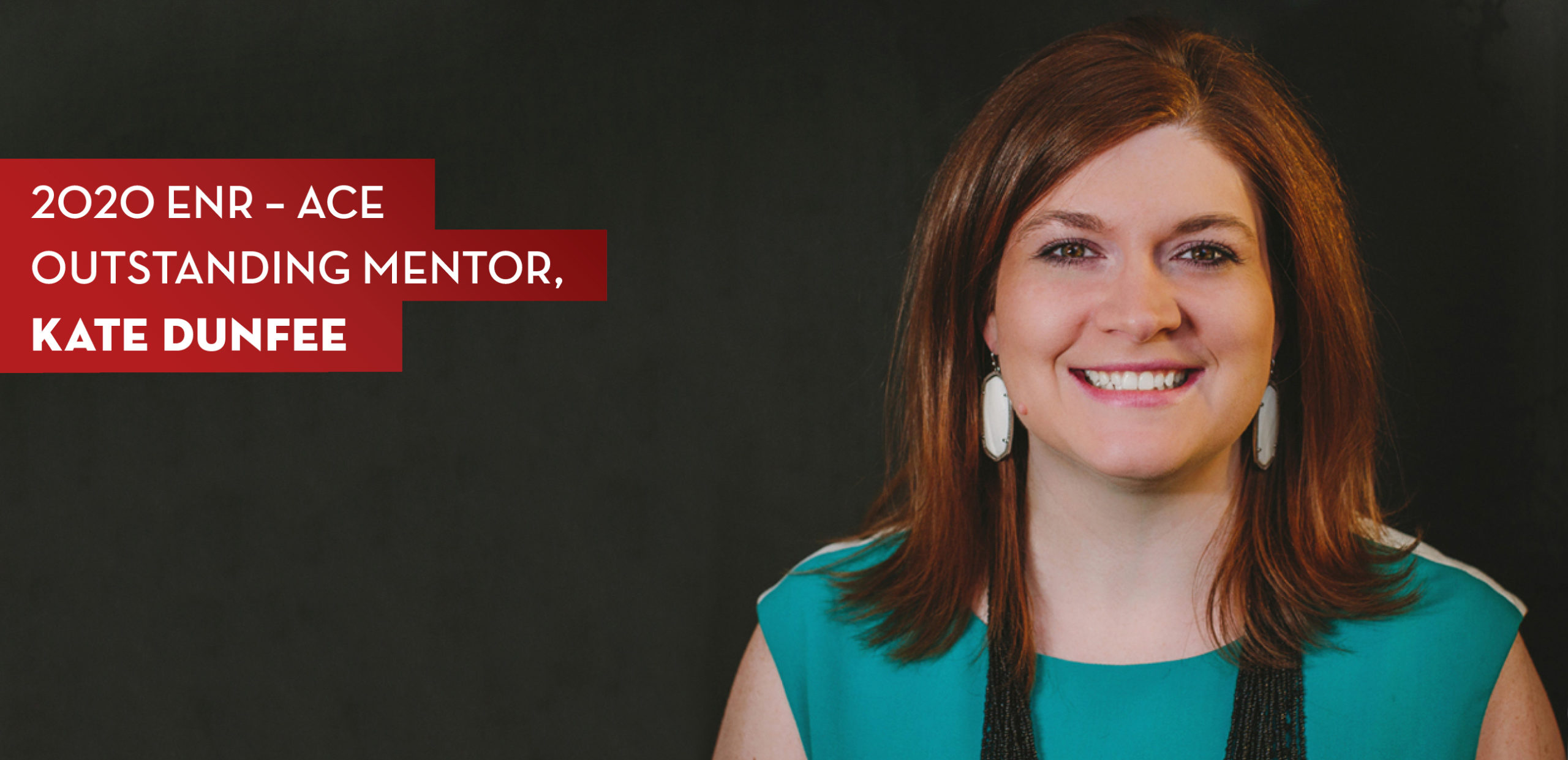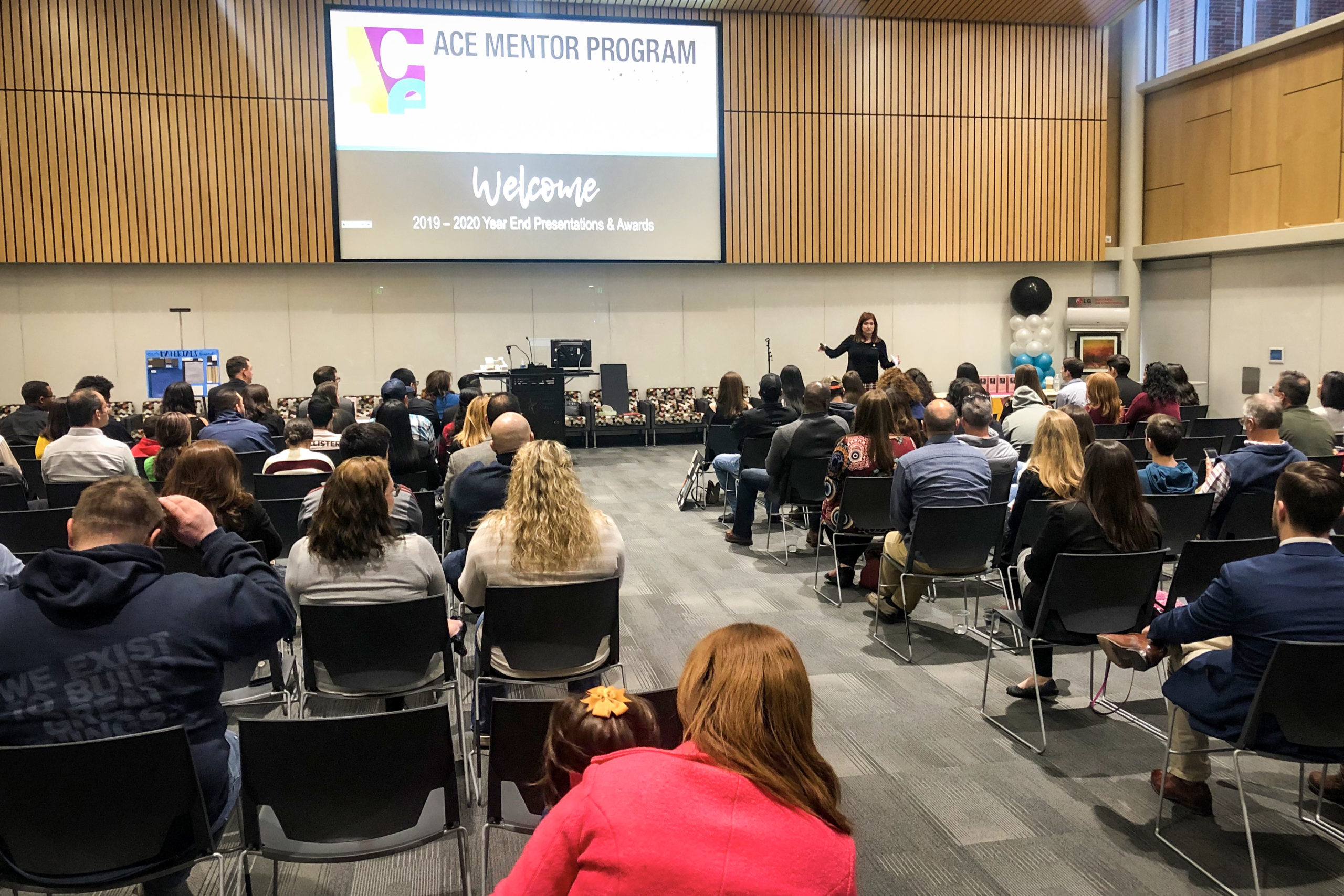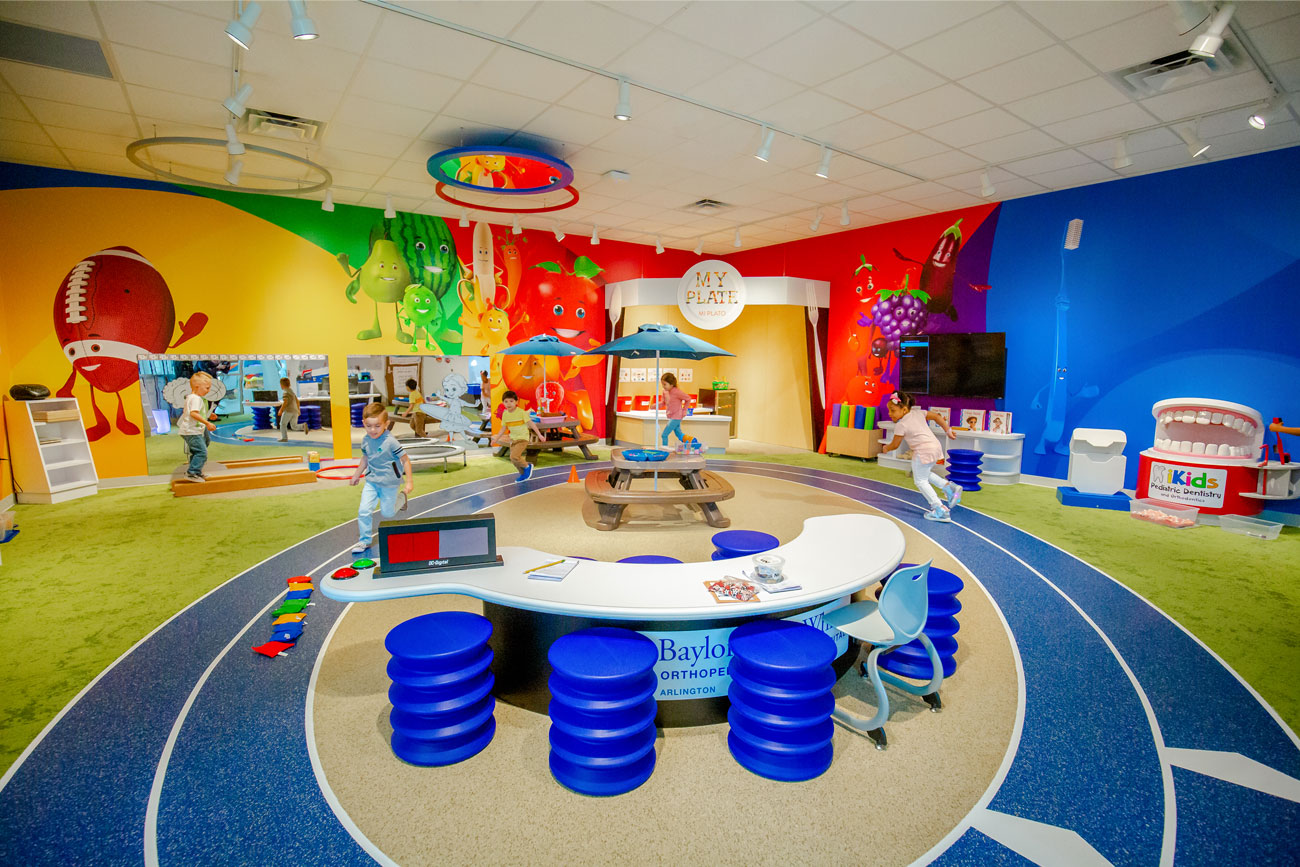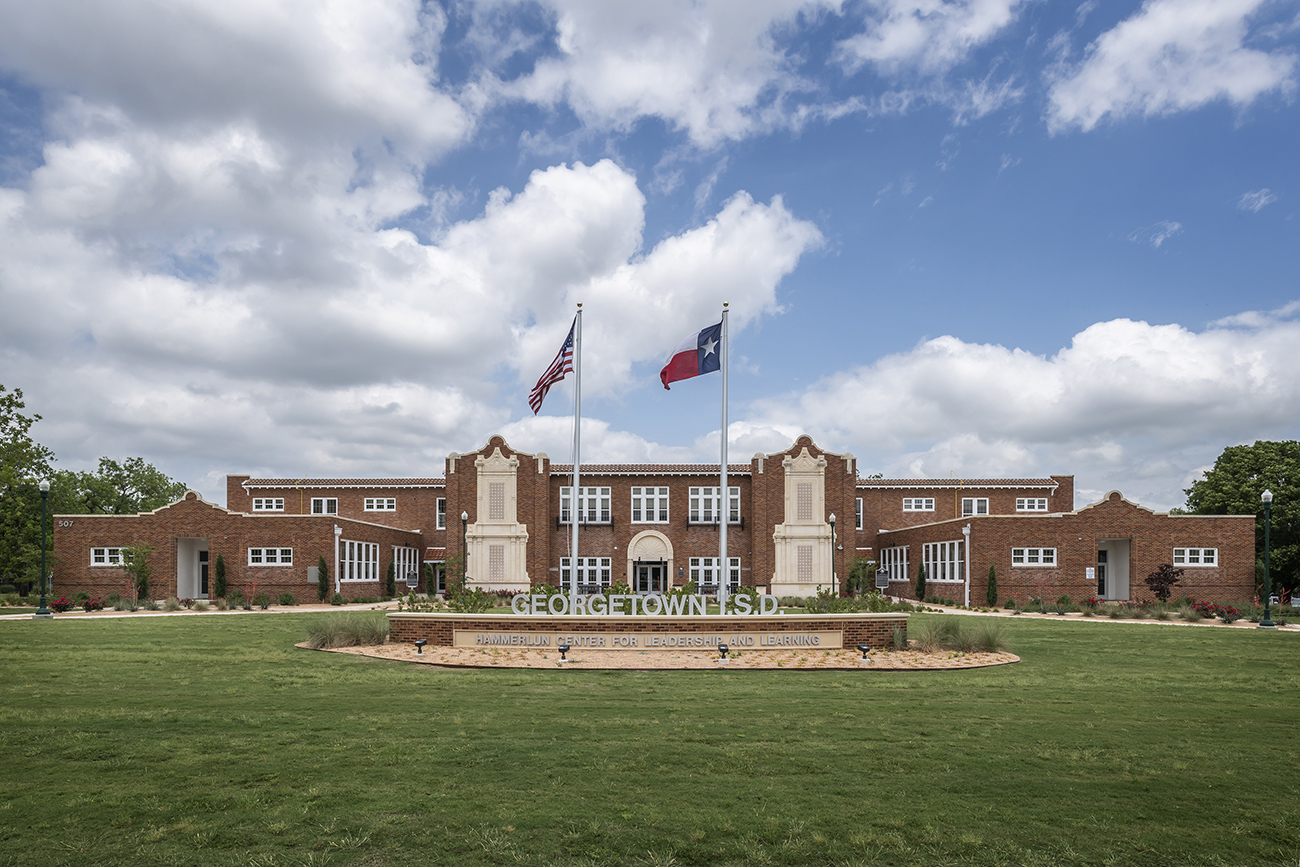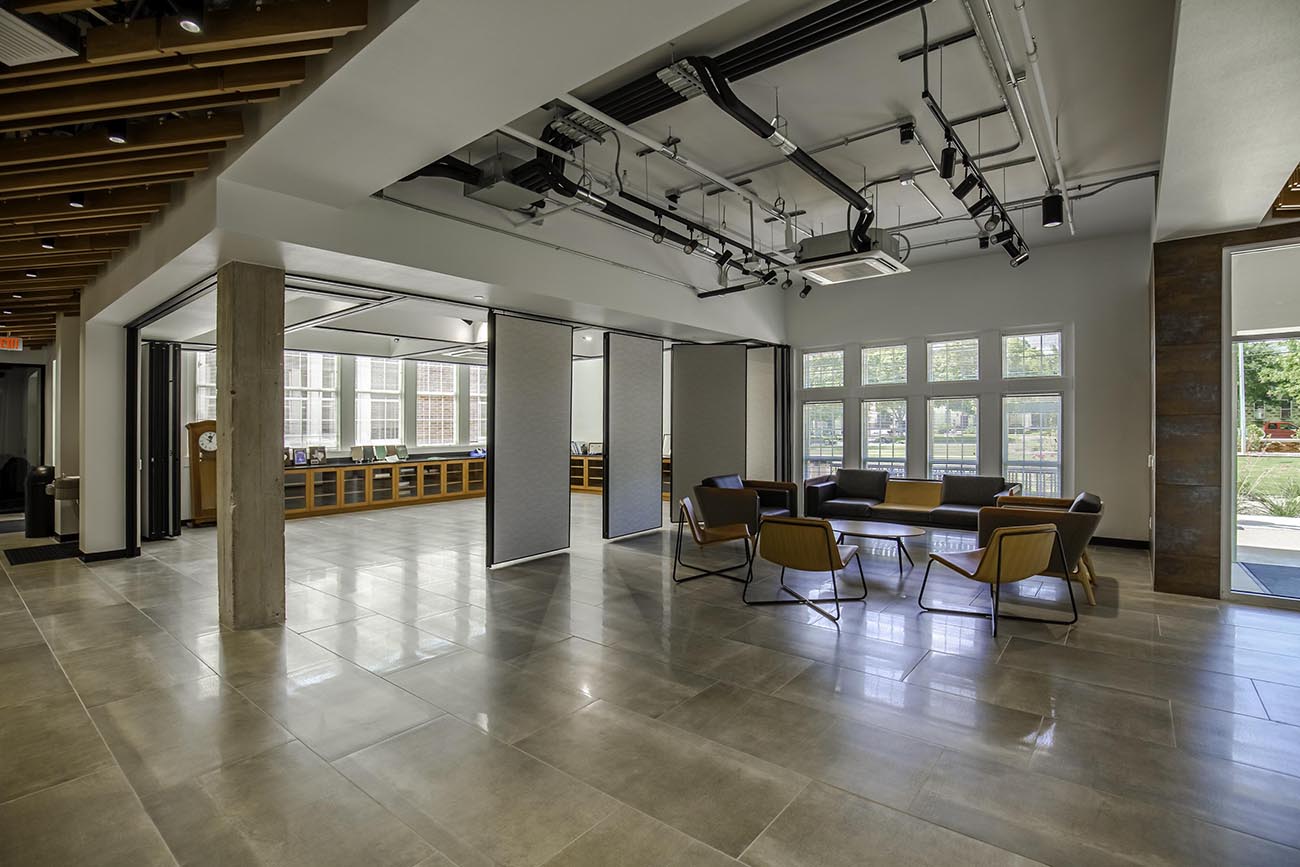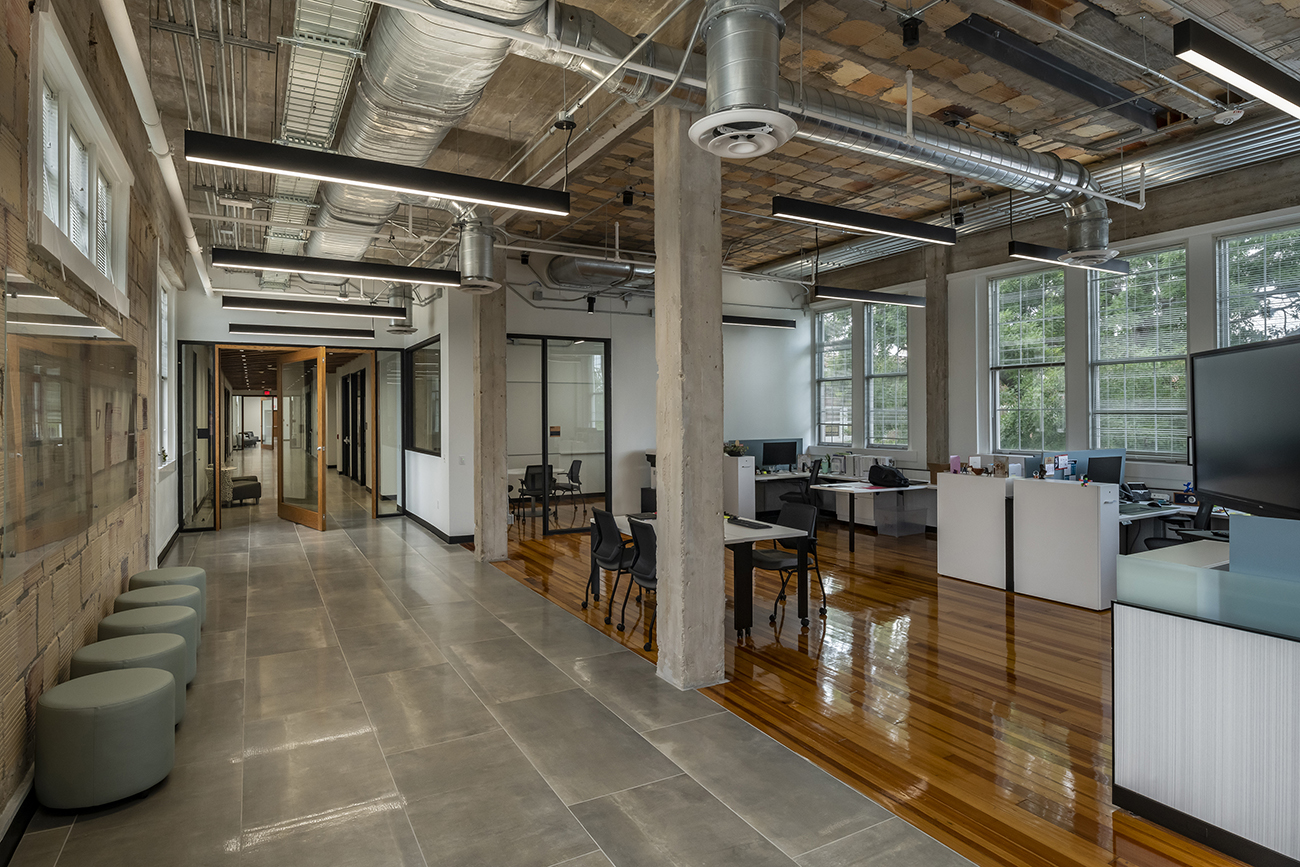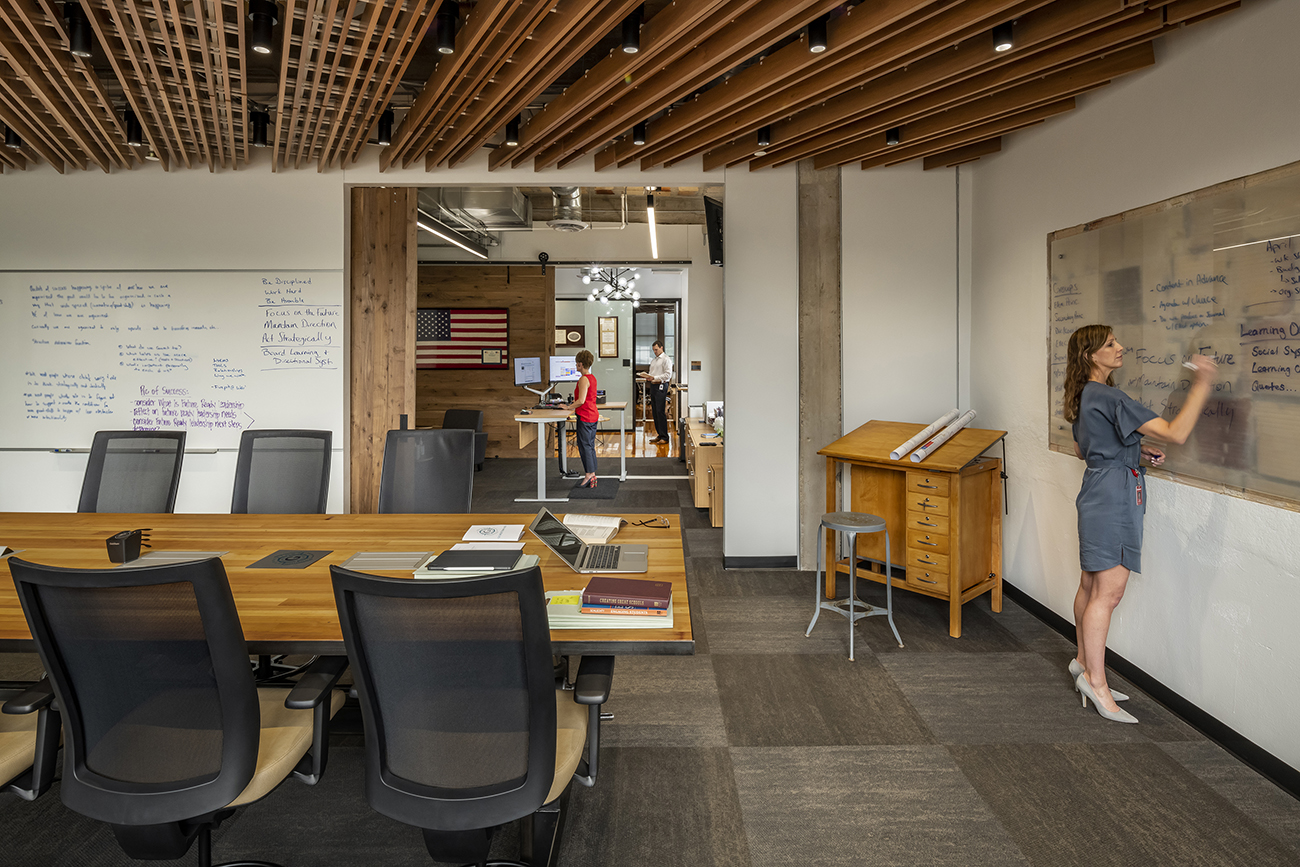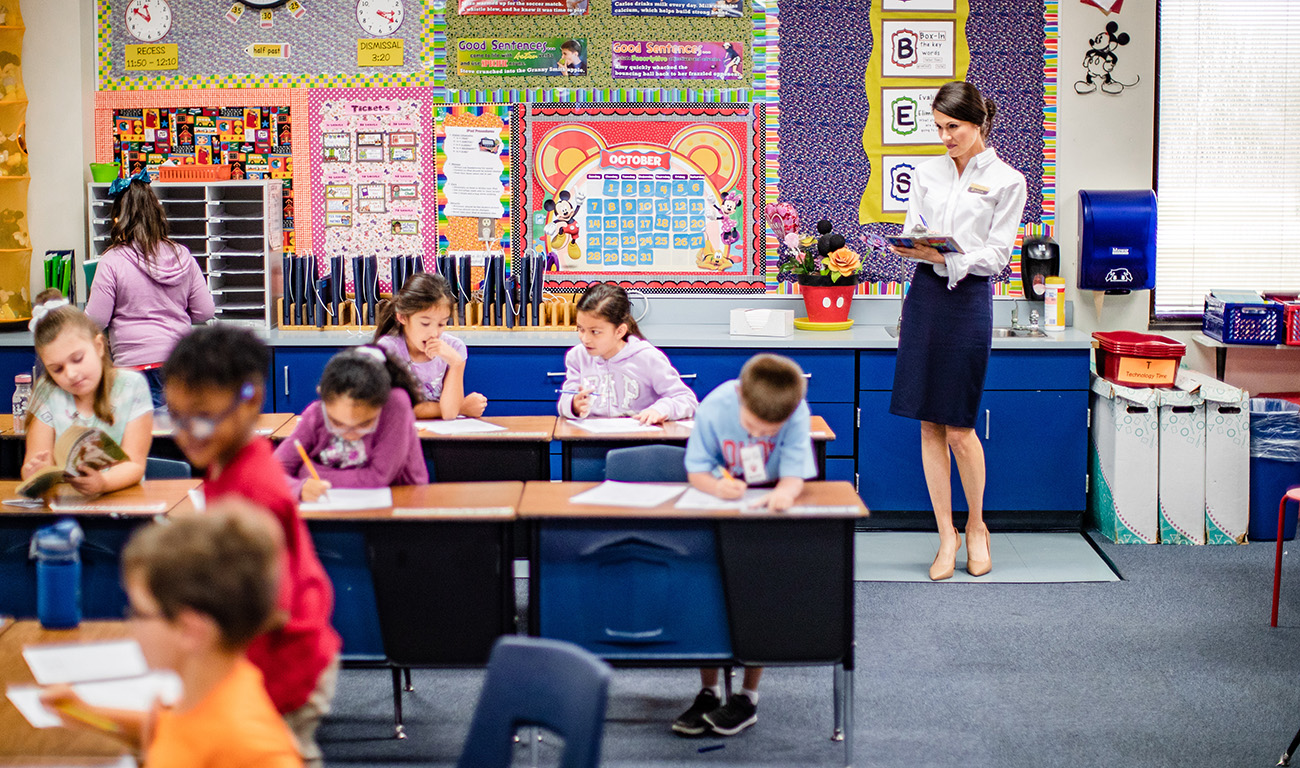The LEx Collaborative’s 2018-2019 Year in Review has been published; it highlights the purpose of the collaborative and results of the research that was conducted over the past year. The LEx Collaborative is committed to studying student engagement for elementary students, with a focus on how flexible furniture and professional development impact engagement and academic outcomes. The data is promising, and the next phase—a longitudinal study—is currently underway!
We found there to be an immediate positive effect on students’ perception of a learning environment simply by having flexible furniture in the classroom. We also observed students in flexible learning environments seek contact with their classmates 14 percent more of the time than their peers in traditional classrooms. Overall all, our findings indicate that students in flexible learning environments have more productive interactions than those in traditional learning spaces. To read the full report, click here.
Huckabee, ESC Region 12 and Baylor University are excited to further explore these findings as our longitudinal study continues through the 2019-2020 school year. We hope this document serves as a resource for other designers, school leaders, teachers and parents as we work to continually improve education for all students.
